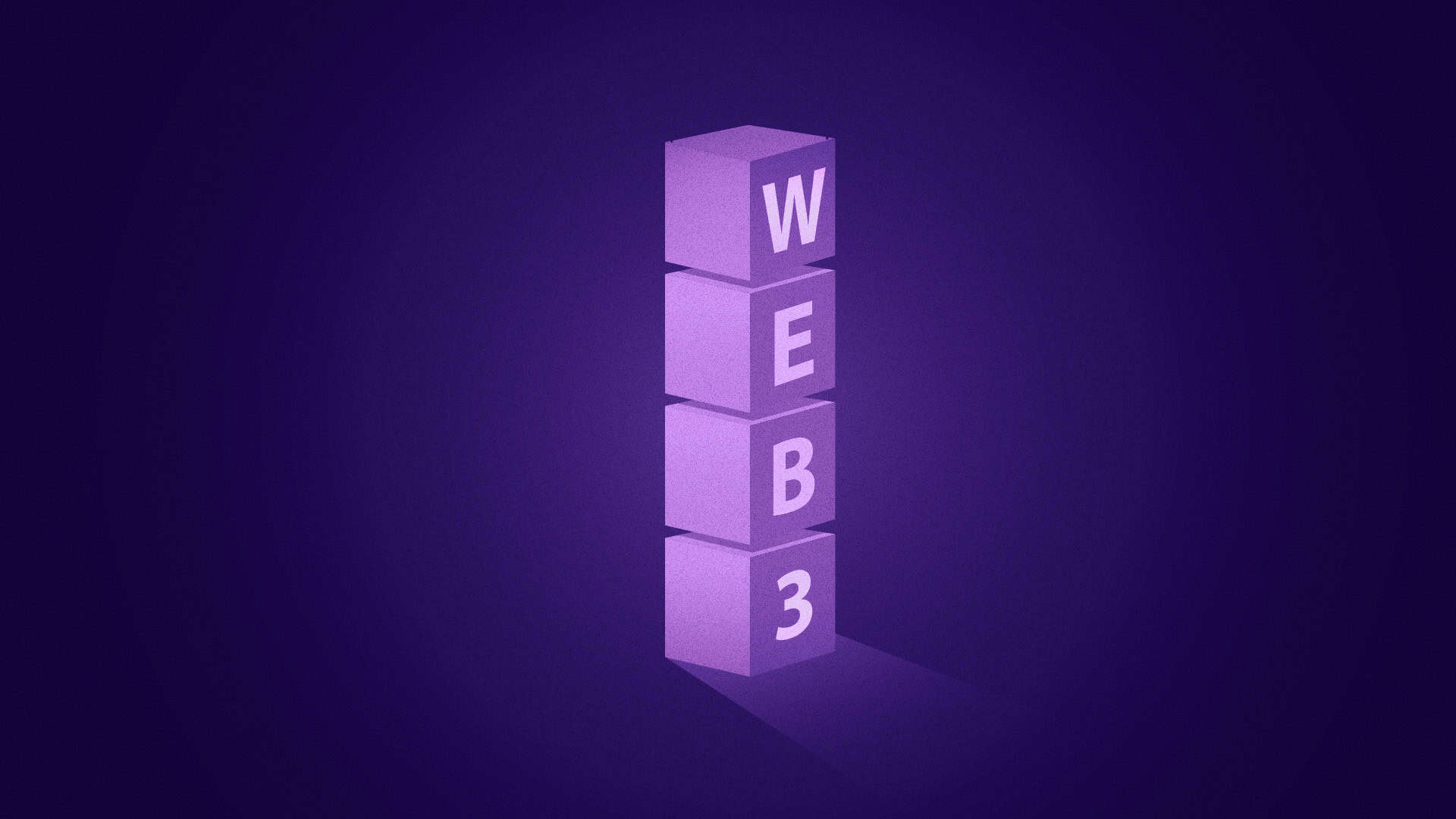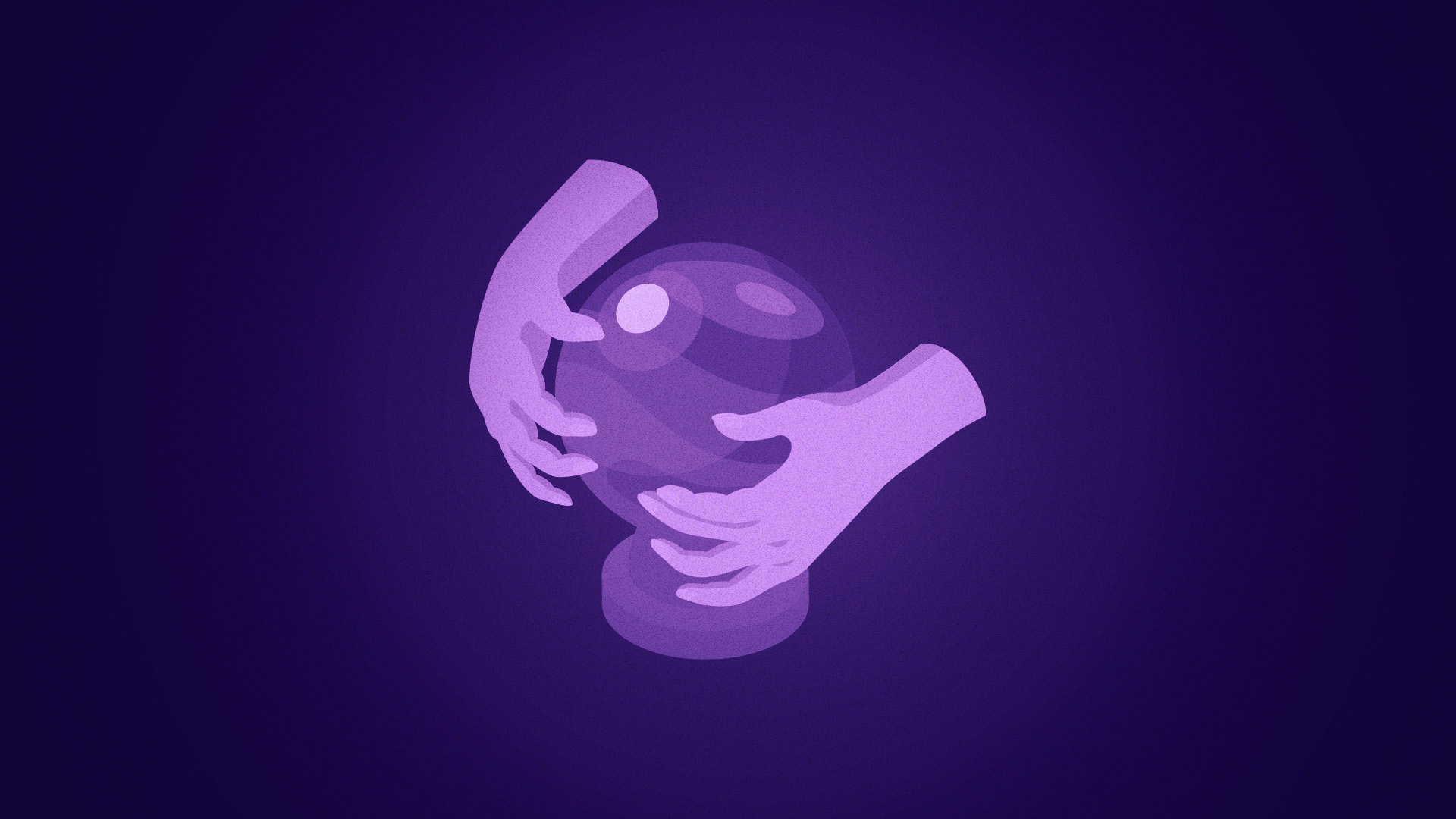As Web3 grows beyond isolated blockchains, the demand for seamless connectivity between ecosystems has never been higher. This is where omnichain, a new standard that goes beyond traditional multichain or cross-chain setups. Multichain systems function on different networks while cross-chain is focused on bridging between chains. Omnichain is created from the ground up for fluid interaction across all blockchains simultaneously.
This shift is important, especially for consumer-facing industries like sports, entertainment, and gaming, where users expect instant access, smooth experiences, and interoperability irrespective of the blockchain on which the assets operate. Whether it’s trading Fan Tokens, claiming digital collectibles, or accessing benefits tied to real-world events, omnichain architecture is emerging as the key to unlocking a truly unified Web3 experience.
What Does Omnichain Mean in Crypto?
Omnichain in crypto means assets or apps that can move and work across different blockchains without needing to be copied or bridged. Think of it like a universal passport for your tokens, instead of having separate versions of an asset on each chain, you have one version that works everywhere.
This is different from cross-chain bridges, where you lock a token on one chain and mint a version on another. Omnichain tech skips that middle step. It lets assets live and move freely across networks like Ethereum, Solana, Avalanche, and more — all from a single contract.
The idea is to make crypto smoother and more connected, especially for people using multiple apps, wallets, or chains. Projects like LayerZero and Wormhole are already building this kind of infrastructure.
This matters more than ever as Web3 grows beyond finance. In sports, entertainment, or gaming, fans and users want fast, simple access without jumping between platforms. Omnichain design helps make that possible, in the background, without the user even noticing.
Multichain vs Cross-Chain vs Omnichain – Key Differences
| Model | How It Works | Examples | Key Traits |
| Multichain | Same project runs separately on different chains | Uniswap on Ethereum, BNB Chain, Polygon | No shared state, each chain version is isolated |
| Cross-chain | Bridges transfer tokens or data between blockchains | Wrapped BTC, Wormhole | More complex, adds risks, depends on bridge security |
| Omnichain | Built to run across all chains with shared logic and native compatibility | LayerZero, Stargate, CCIP | True interoperability, shared state, low friction |
This table shows how omnichain stands out by simplifying communication across chains, unlike multichain or bridge-based setups.
Why Omnichain Matters for Sports, Fans, and Entertainment
In sports and entertainment, fans want fast, easy access to digital rewards, tickets, collectibles, and voting rights, regardless of what blockchain they’re using. That’s where omnichain changes the game.
Instead of locking Fan Tokens or NFTs to a single chain or wallet, omnichain tech allows them to move freely across multiple platforms. Imagine holding a Paris Saint-Germain Fan Token on Ethereum, but using it on an app built on Solana or the Chiliz Chain, without needing bridges or swaps.
This matters because:
- Fan Tokens can work across different apps, games, or chains without manual transfers
- NFT collectibles can appear in your gallery no matter where they were minted
- Rewards and voting become smoother, faster, and more accessible to everyone
Chiliz, a leader in sports tokenization, is already working on tech upgrades to bring this kind of native interoperability to future versions of the Chiliz Chain.
The Role of Chiliz Chain in a More Interoperable Web3
Chiliz Chain wasn’t built to be omnichain, but its design makes it ready for what’s coming. As an EVM-compatible network, Chiliz Chain can connect with other blockchains in the Ethereum family. This makes it easier for developers to build apps or bridges that talk to other networks. It also means fan assets created on Chiliz can one day move across platforms with less friction.
For example, Fan Tokens and Cards do Futebol (Football Cards) could be used in different games, apps, or chains, without being stuck in one place. Fans could buy a token on one chain, store it in a wallet on another, and use it across multiple platforms.
Chiliz is already focused on tools for real-world teams and fans. As omnichain systems grow, Chiliz Chain is in a strong position to support fan engagement across ecosystems, without starting from scratch. In a future built on shared systems and open access, this kind of setup gives fans more freedom and better experiences.
Conclusion – Building Toward Omnichain Utility
Omnichain isn’t just another tech term, it’s a shift toward making Web3 easier and more connected for everyday users. In a world where fans and creators use different chains, apps, and wallets, having assets that move and work across all of them is quickly becoming a basic need.
This approach cuts down on friction, gives users more control, and allows digital experiences to reach more people. Instead of locking fans into one platform, omnichain design puts them in charge.
As blockchain tools continue to grow, omnichain logic may become the new standard. Platforms like Chiliz Chain are already setting things in motion by building the kind of infrastructure that can support fan engagement across different apps, chains, and services.











